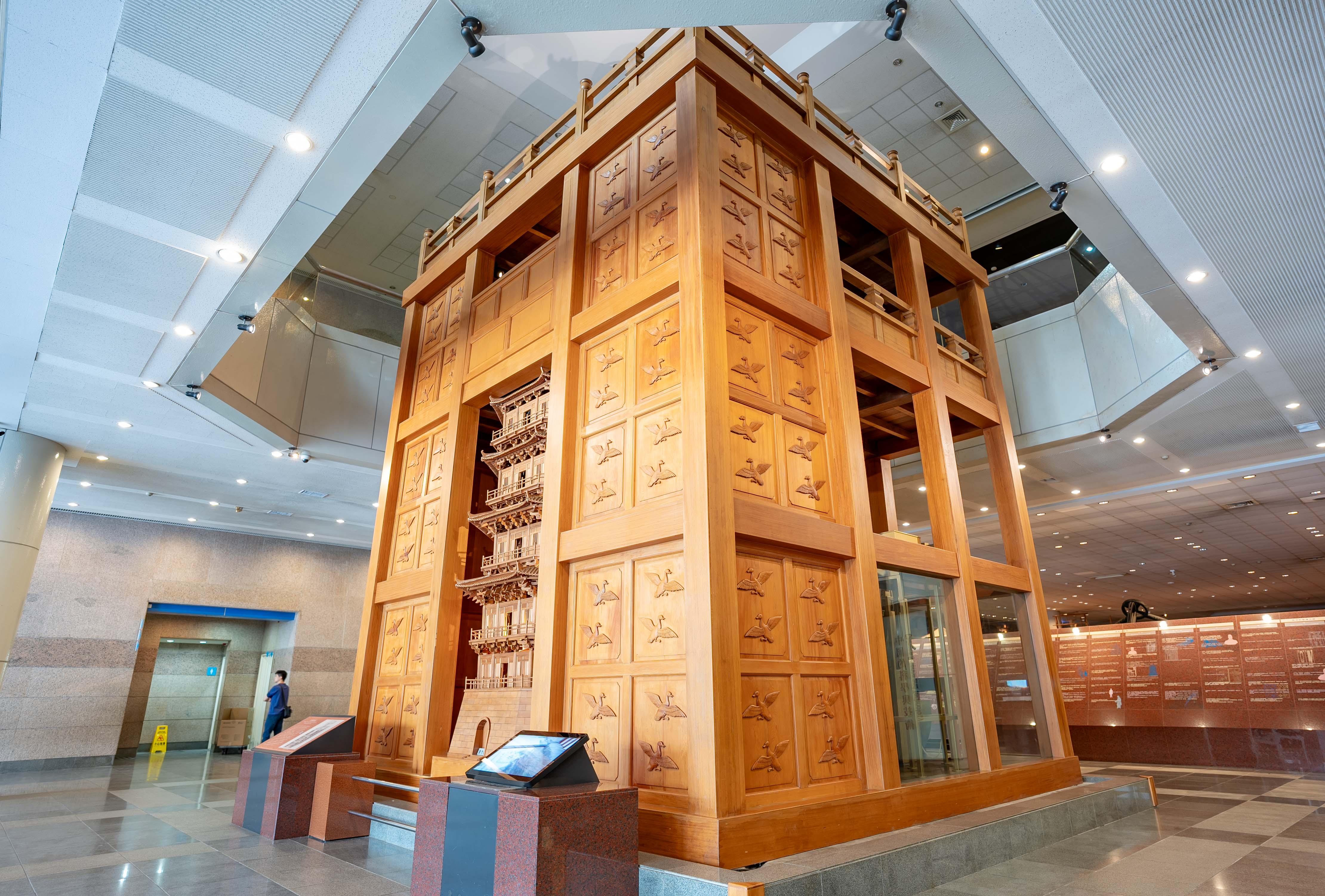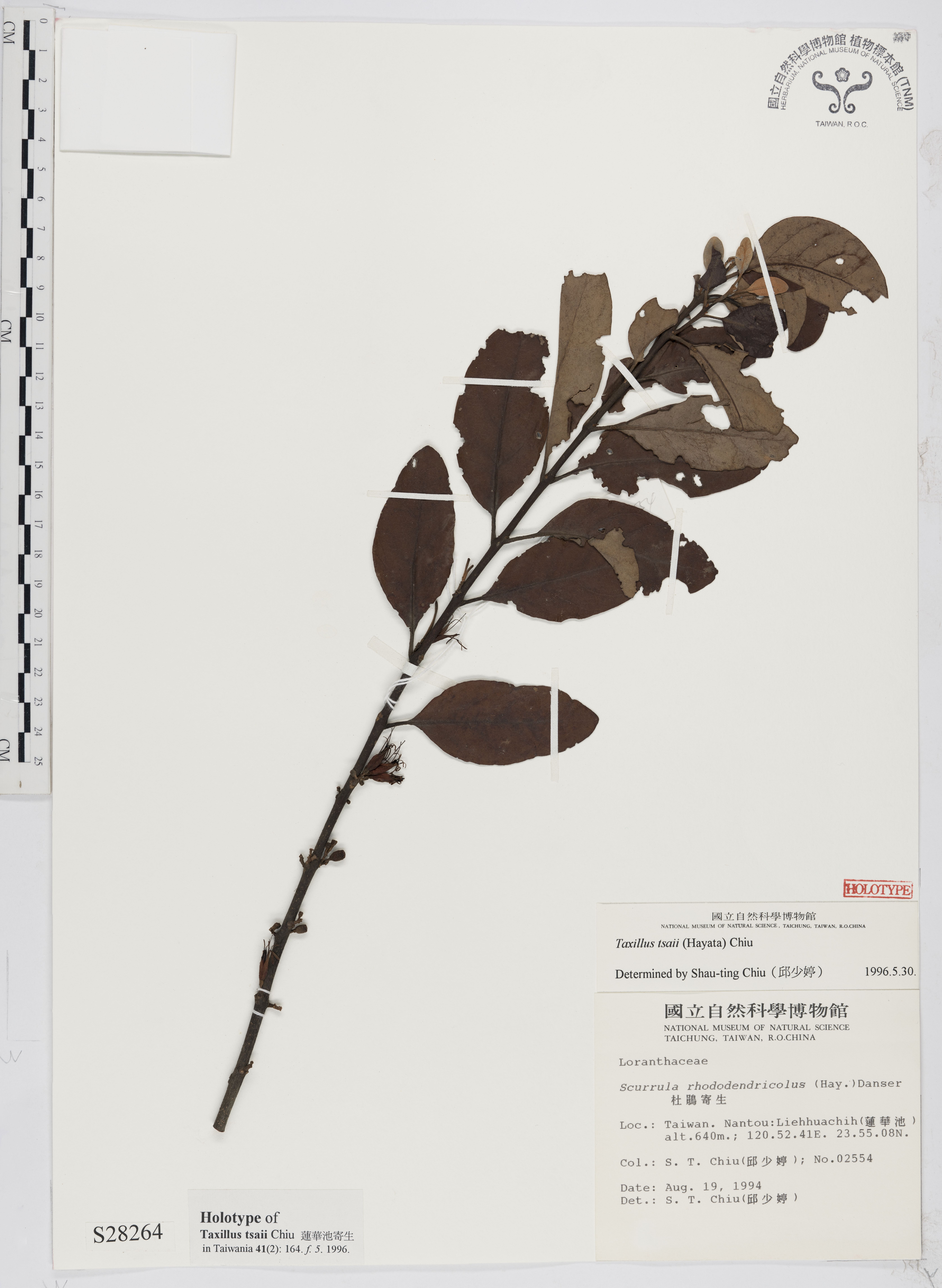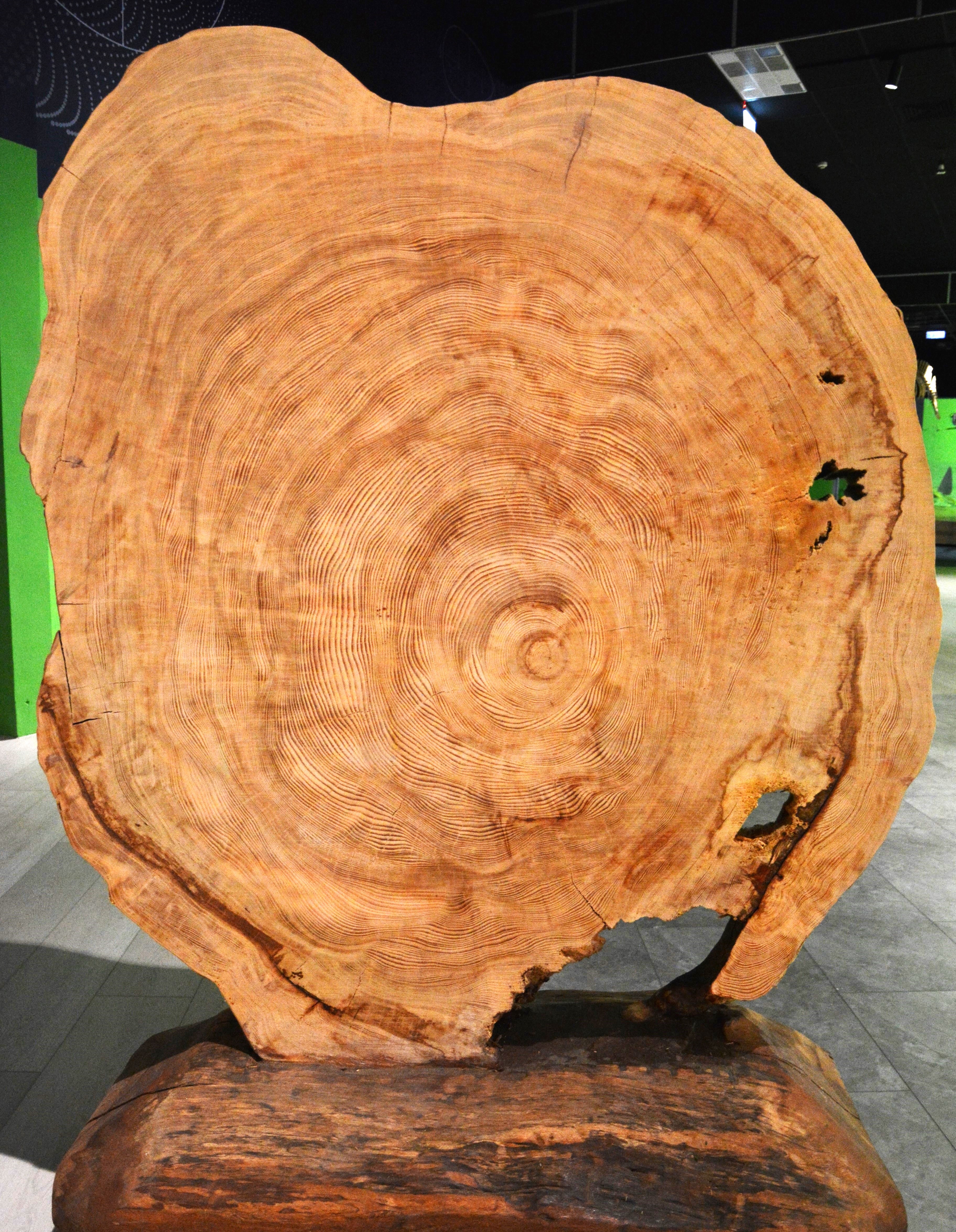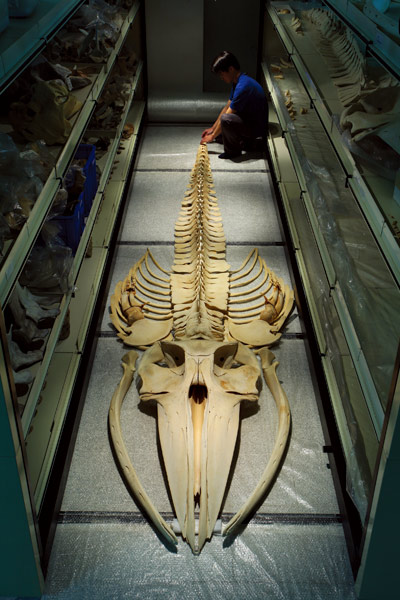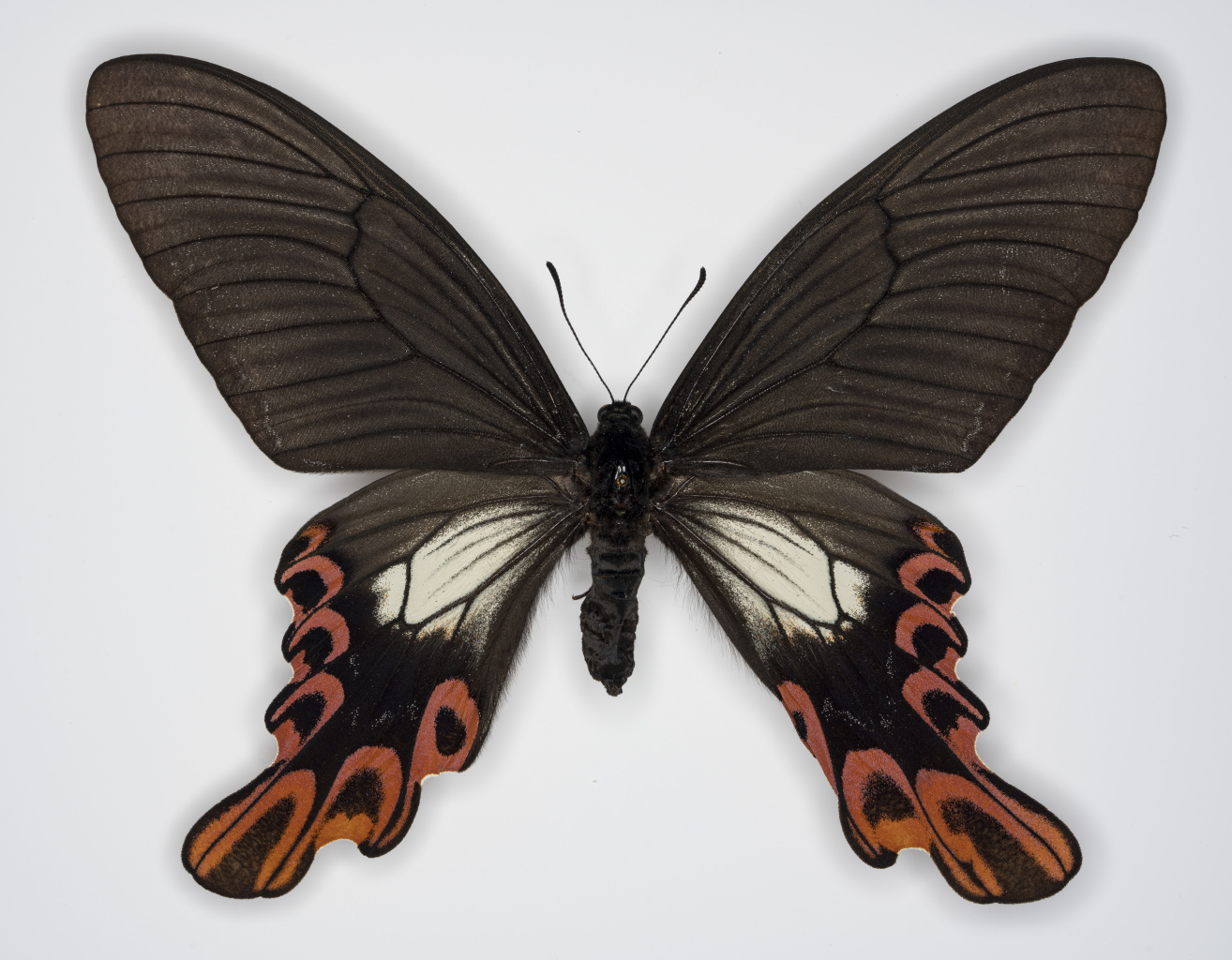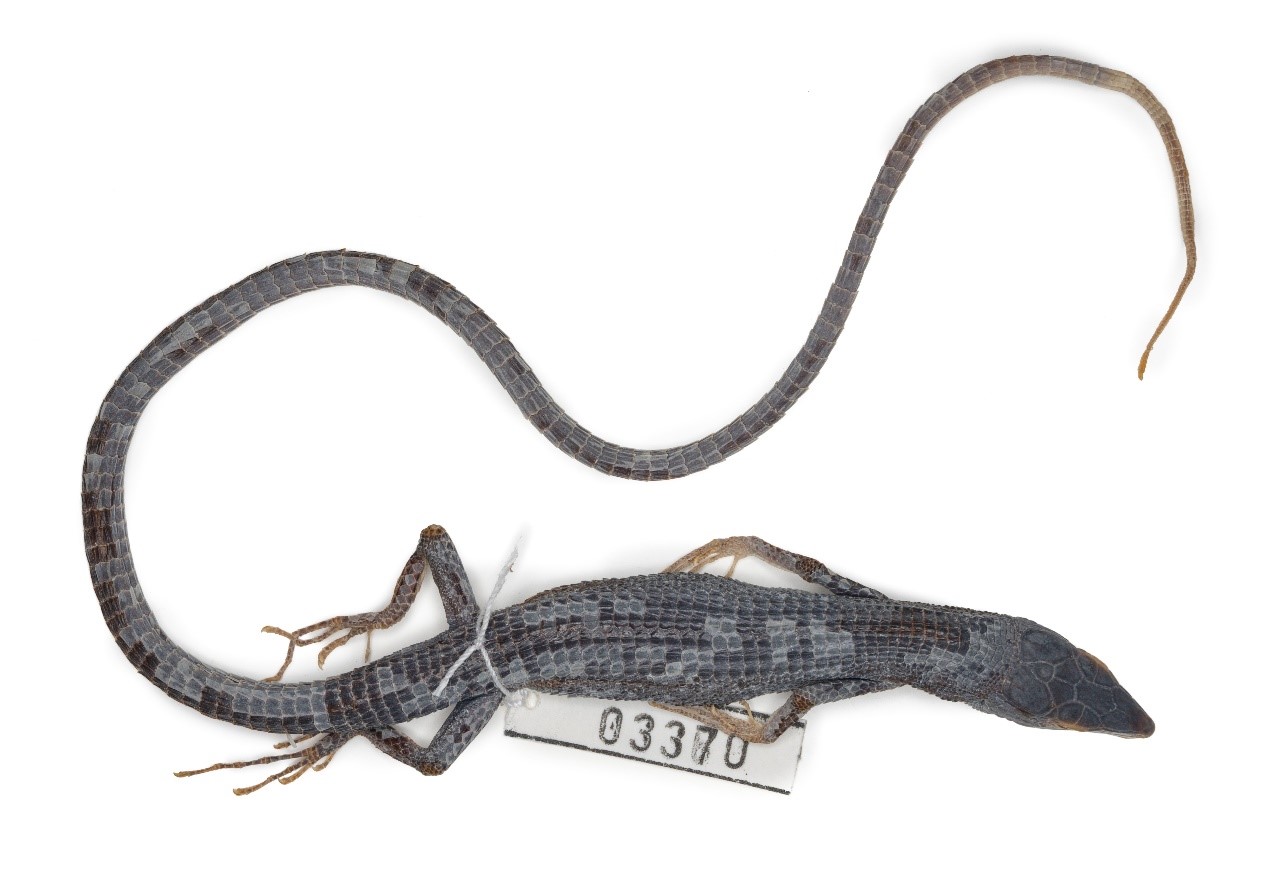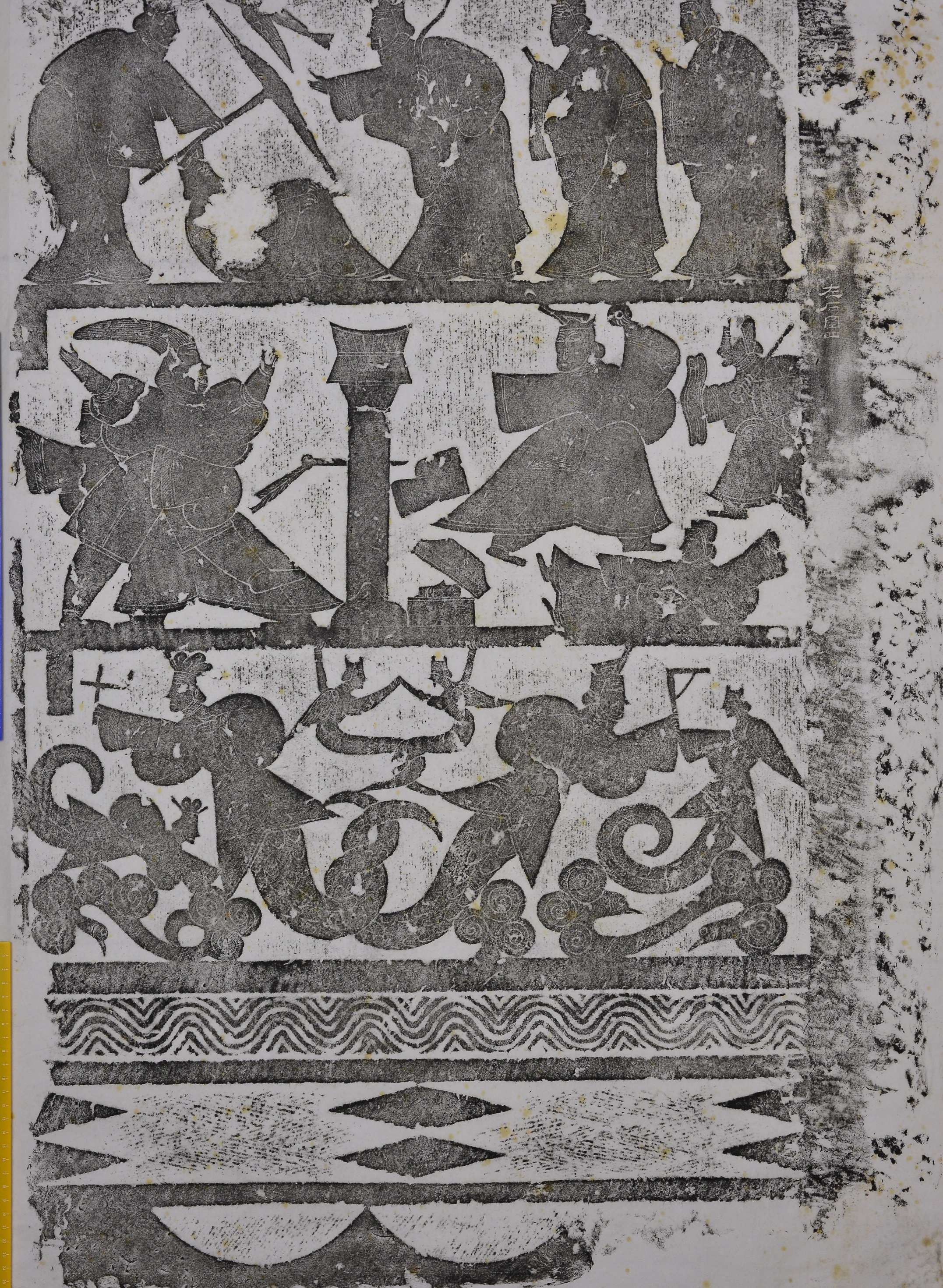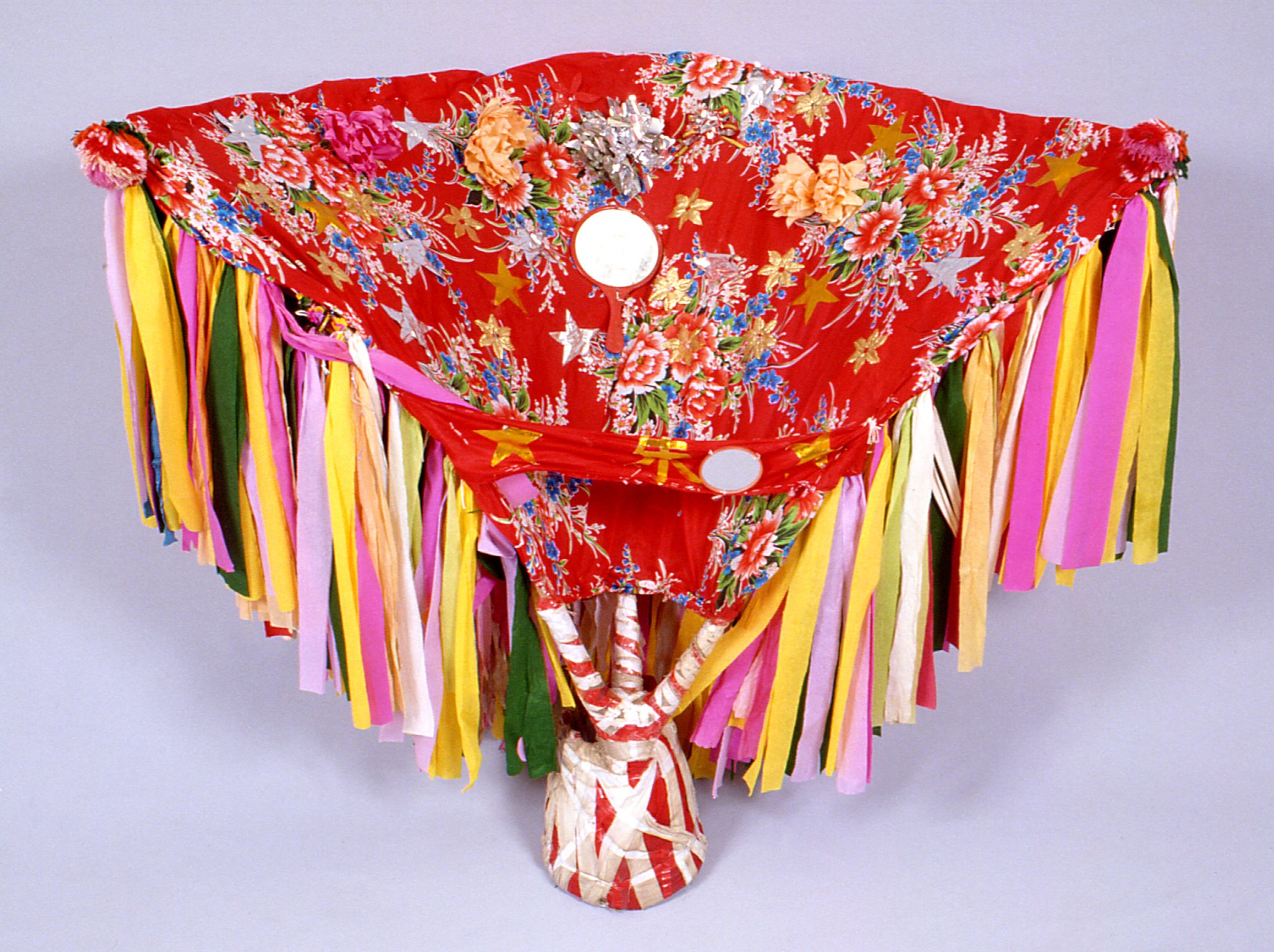水運儀象臺(1993年復刻)
Water-powered armillary and celestial tower
(completed in 1993)
漢寶德館長籌劃第三期館「中國的科學與文明」的展示時,希望有一個具代表性的物件,可以象徵中國的科技與發展,因此決定由自然科學博物館研究復原水運儀象臺。這是館內同仁們根據北宋蘇頌所寫的「新儀象法要」一書,自行研究復原的水力天文觀測設備,再委託廠商製造木構架、雕刻、渾象與渾儀,完成世界上第一座原尺寸能實際運轉的木造模型,具有科學史的意義。
復刻水運儀象臺:https://youtu.be/dXWgarb2Gs4
As Han Pao-Teh planned the Chinese Science and Technology exhibition in the
museum’s third phase, he hoped to have a representative object symbolizing
Chinese scientific and technological development. He decided to have the museum
staff research and build a replica of a water-powered armillary and celestial
tower. Based on Su Song’s treatise Xinyi Xiangfayao, written during the Northern
Song dynasty, museum staff researched how to recreate this hydro-mechanical
astronomical observation device. They then commissioned companies to produce the
wooden frame, sculptures, armillary sphere, and celestial globe to complete the
world’s first full-scale wooden working model of this device, which is of great
significance to the history of science.
Process for producing a water-powered armillary and celestial tower
replica:https://youtu.be/dXWgarb2Gs4
月球石(月岩)(1994年典藏)
Moon rock fragment
(entered the Museum's collection in 1994)
1969年阿波羅11號成功登月並帶回21.5公斤的月岩,時任美國總統尼克森(Richard
Nixon)將帶回的月岩小碎片作為人類首次登月的紀念品,贈送給135個國家和美國50個州,本館所典藏的月岩即為其中的1件。美國於1969年捐贈給中華民國,原由中央研究院物理研究所典藏,1994年交由本館典藏,漢寶德館長參與捐贈儀式。
In 1969, Apollo 11 successfully landed on the moon
and brought back 21.5 kilograms of moon rocks. Then US President Richard Nixon
gave away fragments of these moon rocks as souvenirs of the first human landing
on the moon. These fragments were presented to 135 countries and all 50 US
states. One such fragment is in this museum’s collections. Gifted to the
Republic of China in 1969, it was originally sent to Academia Sinica’s Institute
of Physics. In 1994, it was given to this museum to be placed in its
collections. Han Pao-Teh participated in the handover ceremony.
蓮華池桑寄生(1994年典藏)
Lianhuachi mistletoe
(entered the Museum's collection in 1994)
漢寶德館長於本館草創時期已規劃植物蒐藏庫,臘葉標本蒐藏佔本館蒐藏品的第二大量,創建後自1991年起每年數千件增加採集量,其中1994年採自南投縣蓮華池研究中心苦茶林園的「蓮華池桑寄生」,於1996年由邱少婷博士發表新種,是她採集在本館蒐藏研究的第一件臘葉模式標本。其係邱少婷博士研究桑寄生植物與啄花鳥的互動關係,為了釐清桑寄生屬(Loranthus)、梨果桑寄生屬(Scurrula)、鈍果桑寄生屬(Taxillus)三者之間被混為一談,而發現的新種。
蓮華池桑寄生新種發表於國際期刊Taiwania 41: 164 (1996),模式標本的科學繪圖是寫實原樣的形態和尺寸。
Han Pao-Teh had planned for an herbarium in the early days of the museum.
Herbarium specimens make up the second largest category of items in this
museum’s collection. After the herbarium’s establishment, thousands of specimens
have been added every year since 1991, including that of Lianhuachi mistletoe
collected from the oil camellia (bitter tea) plantation of the Lianhuachi
Research Center in Nantou County in 1994. In 1996, Shau-Ting Chiu published a
new species. It was the first holotype specimen collected by the museum staff.
Chiu discovered this new species while studying the interactions between
mistletoes and flowerpeckers and attempting to clear up the confusion among the
genera Loranthus, Scurrula, and Taxillus.
This new species, named Taxillus tsaii S.T.Chiu, was published in the
international journal Taiwania 41:164 (1996). The scientific illustration of the
type specimen is a realistic representation of its morphology and size.
臺灣雲杉圓盤木(2000年典藏)
Taiwan spruce wood disc
(entered the Museum's collection in 2000)
漢寶德館長期許將國家級的博物館蒐藏邁向國際級的蒐藏目標,在1993年本館植物學者開始建置浸液、組織玻片、木材等多元標本蒐藏,促成註冊國際木材標本館(Index
Xylariorum),是臺灣唯一整合木材標本建立臘葉驗證標本的木材蒐藏庫(TNMx),後續洽得了臺灣林產中最具研究性及蒐藏意義的臺灣雲杉木材標本,更增添本館木材蒐藏的重要代表性。
臺灣雲杉圓盤木直徑大於150公分,為本館最大的木材蒐藏,是1996年強烈颱風賀伯摧殘的倒木。來自海拔約2,600公尺的玉山塔塔加山區,位在世界雲杉屬森林分布的最暖邊界,是臺灣紀錄最完善且最大的臺灣雲杉自然物蒐藏品,可提供氣候相關的樹輪學研究。實體目前可在奇幻自然展廳一睹為快。
Han Pao-Teh was committed to creating a national-class museum collection based
on the goal to achieve international-class collection. In 1993, botanists from
this museum began to establish a diverse collection, including liquid-preserved
samples, tissue slides, and wood specimens, which were registered as TNMx in
Index Xylariorum, a listing of institutional wood collections of the world. The
wood collection database TNMx is the only one in Taiwan with herbarium voucher
specimens. Among Taiwan’s forest products, Taiwan spruce wood is important for
research and collection and this wood disc enhances the representativeness of
this museum’s wood collection.
This Taiwan spruce wood disc, with a diameter of more than 150 centimeters,
is the largest wood specimen in this museum’s collection. It is from the
remnants of a tree that fell during Typhoon Herb in 1996. It came from the
mountains of Tataka in Yushan National Park at an altitude of 2,600 meters above
sea level, which marks the warmest boundary of the world’s spruce forest
distribution. It is the best-documented and largest Taiwan spruce natural
specimen in Taiwan and can be used for climate-related research based on growth
rings. The physical specimen can be viewed in the Nature’s Wonderland exhibition
gallery.
大村鯨(1992年典藏)
Omura’s whale
(entered the Museum's collection in 1992)
這隻成年鯨魚來自1990年10月的南臺灣海域,因被當地漁民運送到屏東後壁湖港支解成塊欲進行拍賣,旋即為警方依野生動物保育法處分沒入後捐贈給本館,當時憑檢視屍塊以為是大翅鯨。由於鯨體抵館時已開始腐壞生蛆,故立即埋入當時尚未動工的館舍工地地下,至隔年9月始開挖取出製作骨骼標本,整份標本除了頭骨之外還包括了下顎、脊椎骨與前鰭骨,於1992年完成製作入庫典藏。2003年經前來本館進行研究的山田格、大石雅之、和田志郎等日籍鯨豚學者依據頭骨形態特徵重新鑑定為大村鯨,本件標本的留存是鯨豚研究的重要里程碑,不但是大村鯨命名研究過程中的參考標本之一,也是大村鯨在臺灣的第一筆標本紀錄。
This adult whale was caught in the waters off southern Taiwan in October 1990.
It was transported by local fishermen to Houbihu Port where it was cut up and
prepared to be sold at auction. However, before that could happen, the pieces
were confiscated by police in accordance with the Act on Wildlife Conservation
and donated to this museum. Upon initial inspection, it was thought to be a
humpback whale. As it was in a state of decay and covered in maggots, it was
decided to bury it in an unused area of the museum construction site. The
following year, in September, it was excavated to produce a skeletal specimen.
In addition to the skull, the skeleton included the lower jaw, the vertebrae,
and front fin bones, with preparation work completed in 1992 and the skeleton
placed in the collection storage area. In 2003, Japanese cetologists, including
Yamada, Wada and
Oishi came to this museum to conduct research and identified this as Omura’s
whale based on the morphological characteristics of its skull. The preservation
of this specimen is an important milestone in cetacean research. It is not only
a reference specimen for identification of and research on Omura’s whale, but
also the first specimen of Omura’s whale from Taiwan.
臺灣寬尾鳳蝶(1993年典藏)
Broad-tailed swallowtail butterfly
(entered the Museum's collection in 1993)
臺灣寬尾鳳蝶 (Papilio maraho)為臺灣特有的蝴蝶,為行政院農業部公告之保育類野生動物第一類「瀕臨絕種野生動物」。本種翅展9至12公分,後翅尾突特別寬大,並有兩條翅脈延伸入尾突末端,為本種之主要特徵,其中文名也源自於此。雌、雄蝶之色彩、斑紋相似。幼蟲取食的寄主植物為臺灣檫樹
(Sassafras randaiense),為臺灣珍貴稀有的特有種植物。成蟲發生期為4至8月,主要分布於臺灣北部、中部海拔 1000 至 2000
公尺的山區,北至宜蘭太平山、烏帽山、新北市三峽,東至花蓮玉里、富源,往南以高雄藤枝為其分布南限。
The broad-tailed swallowtail butterfly (Papilio maraho) is endemic to Taiwan and listed as a category I endangered species by
the Ministry of Agriculture. This butterfly species has a wingspan of 9-12
centimeters and particularly broad hindwing tail extensions, with two veins
extending to the tips of the tail extensions. These are the main characteristics
of this species and from where it gets its common name. Males and females appear
similar in terms of coloring and markings. The main host for the larvae is the
Taiwan sassafras (Sassafras randaiense), a rare and endemic plant in Taiwan. The
occurrence period of adults is April to August. Their distribution is mainly in
the mountains of central and northern Taiwan at elevations of 1,000-2,000
meters, from Taiping Mountain and Wumao Mountain in Yilan County and Sanxia in
New Taipei City in the north, eastward to Yuli and Fuyuan in Hualien County, and
southward to Tengzhi in Kaohsiung City, the southernmost point.
漢氏草蜥(1998年典藏)
Takydromus hani (Green grass
lizard)
(entered the Museum's collection in 1998)
此物種是由本館與越南生態與生物資源中心(Institute of Ecology and
Biological
Resources)在1998年合作採集時於越南中部發現的。當時由周文豪副館長帶領團隊採集,在辛苦的野外工作中,偶遇了這種未被描述的美麗綠色草蜥。於2001年將此物種發表在經典的兩爬學期刊《兩棲爬行動物學(Herpetologica)》中,成為世界第17種草蜥屬物種。漢氏草蜥全身翠綠,吻肛長5至8公分,尾長可超過20公分,為吻肛長的3倍以上。牠們擁有6至8對的鼠蹊孔(femoral
pores),遠超過其他已知綠色草蜥物種的1至3對。為了紀念本館的創立者及首任館長漢寶德先生,周文豪副館長特別以其姓氏命名這個新發現的草蜥物種。
This species was discovered in central Vietnam during
a collaborative collection trip between this museum and the Institute of Ecology
and Biological Resources of Vietnam in 1998. On this expedition, led by
then-deputy director Wen-Hao Chou, the team came across a beautiful green grass
lizard that had not yet been described. Their findings were published in the
journal Herpetologica in 2001, making it the 17th species of the genus
Takydromus. Takydromus hani is emerald-green. Its snout–vent length is 5-8
centimeters and its tail can exceed 20 centimeters in length, which is more than
three times its body length. It has 6-8 pairs of femoral pores, far more than
the 1-3 pairs of other known grass lizards. Chou named this newly discovered
species of grass lizard after the Museum’s founder and first director, Han
Pao-Teh, to commemorate Han’s contributions to NMNS.
自然金標本(1992年典藏)
Native gold specimen
(entered the Museum's collection in 1992)
在漢寶德館長的鼓勵與大力支持下,自1990年起,地質學組每年派員赴美國土桑展選購岩礦與古生物標本,為本館增添了許多精美且具富含地質意義的藏品。這件樹枝狀自然金標本,正是取得於1992年的土桑展中,現為本館典藏珍品。該標本呈現明亮的金黃色,純度極高,重達470公克,產自於美國加州鷹巢礦區的石英脈中。
Under the encouragement and strong support of Han Pao-Teh, the Geology
Department has been sending representatives annually to the Tucson Gem and
Mineral Show in the United States since 1990, to select mineral and fossil
specimens. These acquisitions have significantly enriched the museum’s
collection with numerous exquisite and geologically significant pieces. This
dendritic native gold specimen, acquired at the 1992 Tucson Show, is now one of
the treasured items in the museum. The specimen is very pure with a bright
golden-yellow color, weighing 470 grams. It originated from the quartz vein of
the Eagle’s Nest Mine in California, USA.
武梁祠石刻拓片(2014年典藏)
Wu Liang Shrine stone rubbing
(entered the Museum's collection in 2014)
2014年漢寶德先生捐贈本館共79張武梁祠漢墓石刻的拓片。該處漢墓是中國山東重要的考古遺址,這批拓片記載許多生動的神話故事、歷史故事和貴族生活百態。本圖是石室內其中一塊石刻拓片,第一層是管仲射殺公子白的故事,第二層是荊軻刺秦王的故事,最下層是女媧伏羲各自手持圓規和直角尺,象徵權力與秩序的和諧。
In 2014, Han Pao-Teh donated 79 rubbings of carved stone surfaces from Wu Liang
Shrine, a Han dynasty tomb and an important archaeological site in China’s
Shandong Province, to this museum. The carved stone images depict mythological
stories and historical events, as well as provide insight into the lives of the
nobility. Shown here is one of these stone rubbings. The upper section depicts
Guan Zhong shooting the son of a duke named Bai. The middle section tells the
story of Jing Ke’s assassination attempt on the king of the Qin state. The lower
section shows Nuwa and Fuxi holding a compass and a ruler, which together
symbolize harmony between power and order.
賽夏族肩旗(1992年典藏)
Saisiyat tribe clan banner
(entered the Museum's collection in 1992)
賽夏族肩旗又稱為舞帽,賽夏語為「kirakil」,使用於矮人祭時的儀式,由各姓氏男子揹負舞帽,在祭場中跳躍巡行嬉戲,象徵矮靈到場與各姓氏族人共同玩樂。日治時期舞帽是戴在頭上,因此被稱為帽,隨著時代的變遷,舞帽愈做愈大,愈來愈沉重,已無法戴在頭上,因此現在已改為揹負在肩上,所以稱為肩旗。在祭典結束後,舞帽的裝飾品如鏡子、珠子等可留下;待下次製作舞帽時重覆使用,但是帽架、紙條等材料則必須丟棄至偏遠之地,不能再讓人撿起做其他用途。本館此件典藏品來自新竹五峰,應屬另行製作,並非儀式使用後的文物。
In the indigenous Saisiyat language, a clan banner is known as kirakil.Kirakil
are seen during ceremonies known as paSta’ay. Males of each clan carry a clan
banner as they enter the ceremonial grounds, jumping and parading around,
symbolizing that the spirits of the ta’ay have arrived and are enjoying a good
time with the members of each clan. During the Japanese colonial period
(1895-1945), dance caps were worn on the head. Over time, they became too large
and heavy and were replaced with banners carried on the shoulder. Following the
ceremony, decorations, such as mirrors and beads, can be kept for making clan
banners for the next ceremony. However, the frame, paper strips, and other
materials must be discarded in a remote place, where they cannot be found and
used for another purpose. This clan banner is from Wufeng Township in Hsinchu
County. It was specially made but not for ceremonial use.

